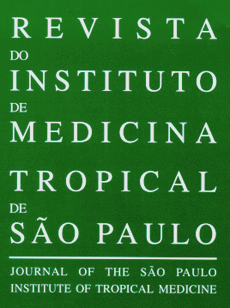A total of 909 Biomphalaria tenagophila were collected from two areas in Guarulhos (Metropolitan area of São Paulo, São Paulo State, Brazil) to assess larval trematode infections. In all collection sites, only this species was found and 183 (20.13%) harbored trematode infections. In these collections, four morphologically distinguishable types of cercariae were identified by confocal microscopy. Xiphidiocercaria (Cercaria lutzi) was the most common type of cercaria recovered, contributing 76.5% of all infections. Schistosoma mansoni cercariae were recovered and comprised the total of 13.11%. Strigea cercaria (Cercaria caratinguensis) and Brevifurcate pharyngeate Clinostomatoide cercaria (Cercaria ocellifera) contributed 8.33% and 2.22% of all infections, respectively. Double infections (S. mansoni and C. lutzi) were found in twelve snails, contributing 6.55% of all infections. In all sites studied, small vertebrates were found in snail habitats and it was observed human contact with the water. The presence of trematode infected snails in large cities has public health implications. It further provides a starting point for some comprehensive studies on snail-related aspects of transmission and biology of trematode of medical and veterinary importance.
Biomphalaria tenagophila; Schistosoma mansoni; Schistosomiasis; Larval trematodes; Guarulhos; Brazil






